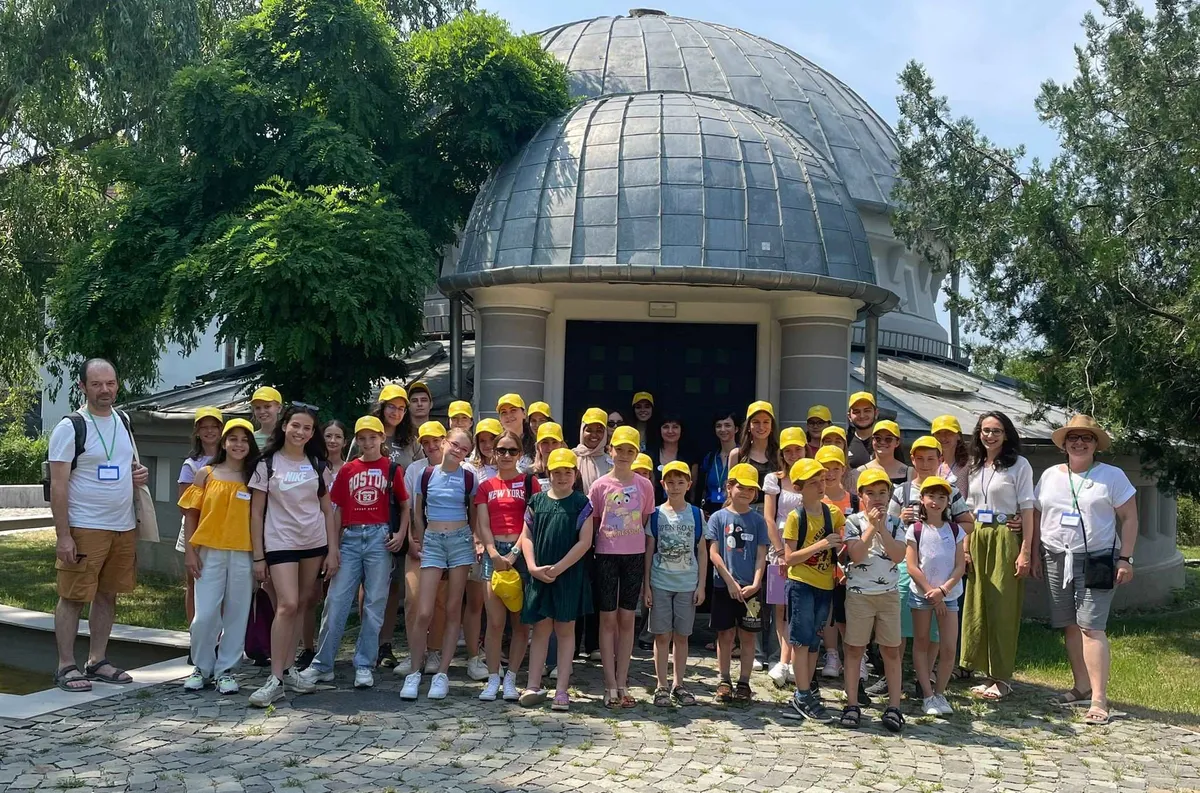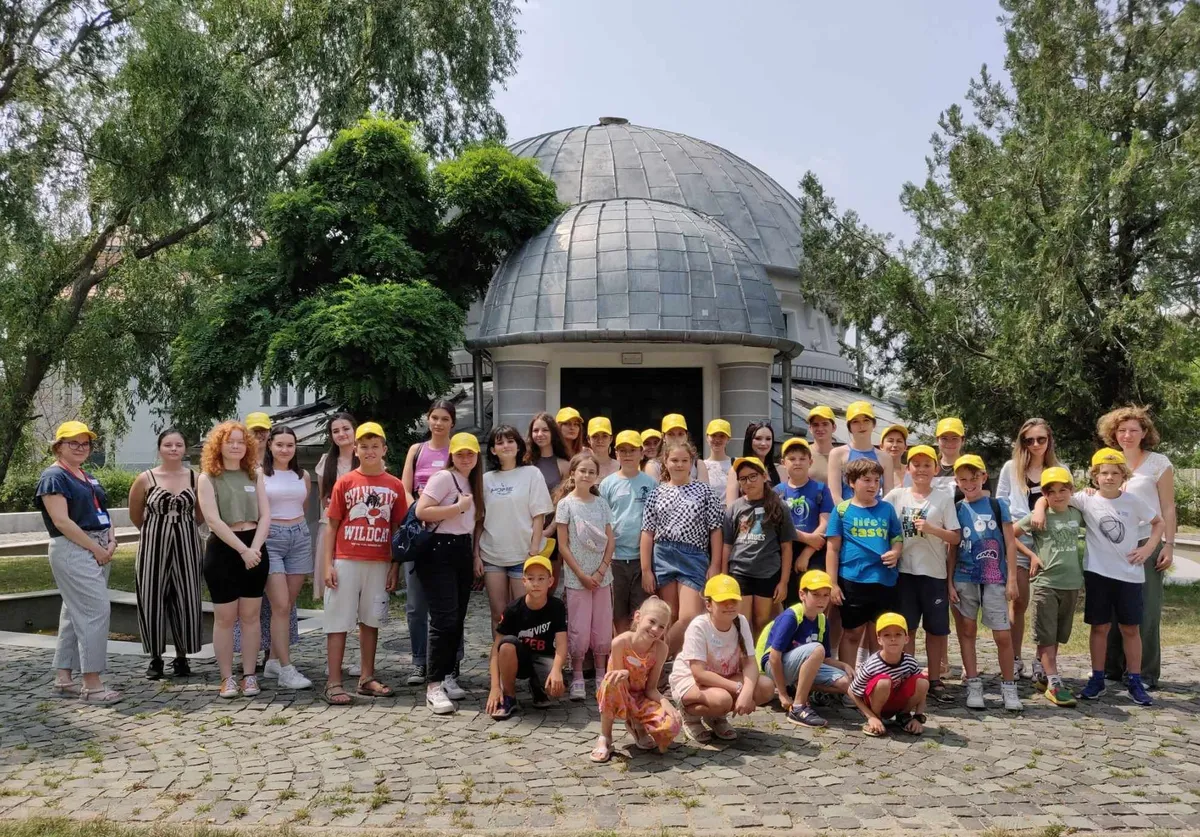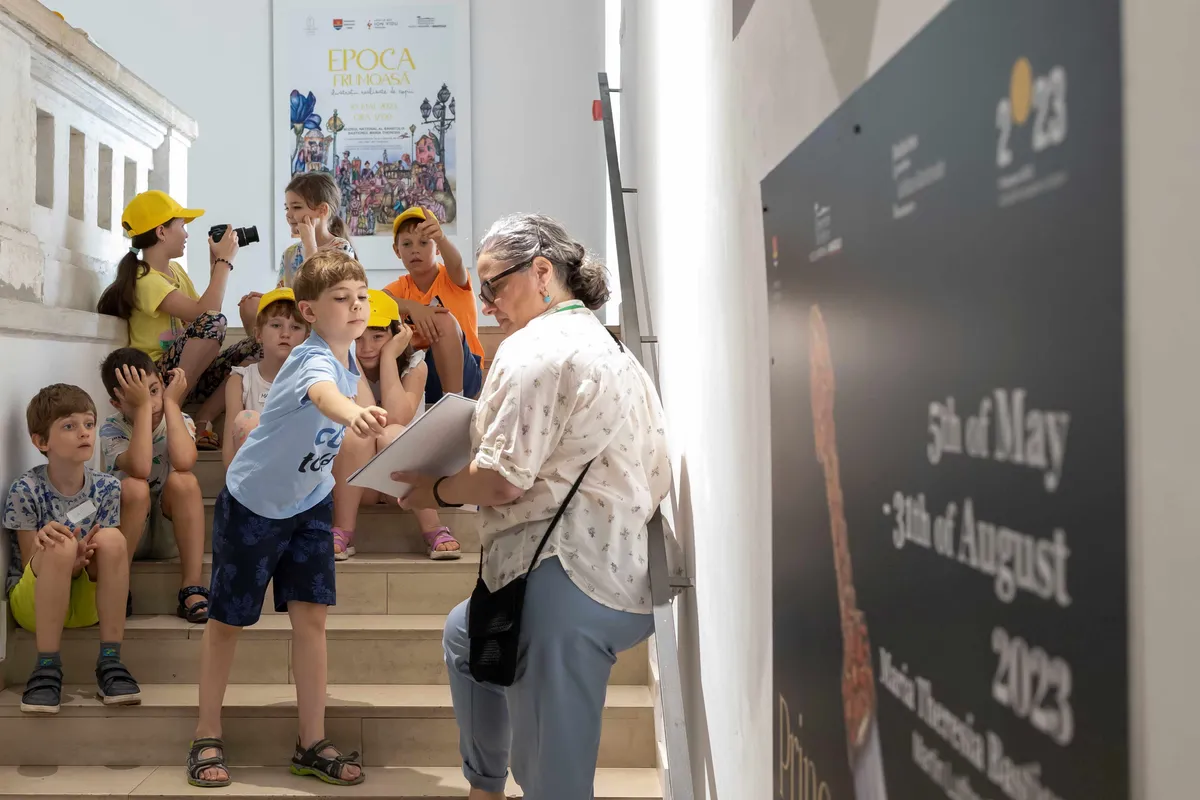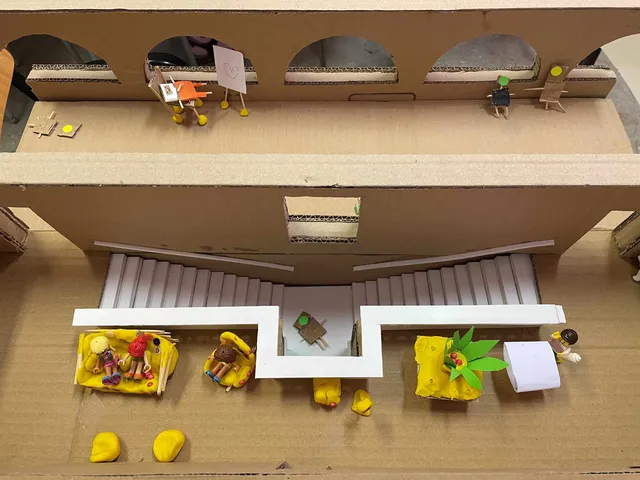
1/10

2/10

3/10

4/10

5/10

6/10

7/10

8/10

9/10

10/10
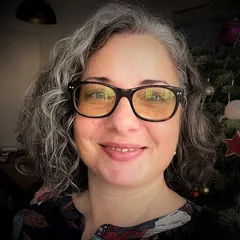
Author(s) / Team representatives
HAVAȘI BRÎNDUȘA RALUCA
Profession
ARHITECT
Collective/office
Asociația De-a arhitectura
Co-authors/team members
Mirela Szitar-Sirbu, Maja Bâldea, Otilia Tudoran, Carmen Săndescu, Andreea Micsa, Felicia Popovici, Lavinia Adam
External collaborators
Adriana Babeti, Camil Milincu, Raluca Vaduva, Dona Crisan, Daliana Iacobescu, Maria Chifan
Project location
Timișoara, Romania
Budget in euros
12200
Area
-
Project start date
Iulie 2023
Project completion date
August 2023
Client
Fundatia Alber
Builder
-
Website
Photo credits
Daliana Iacobescu, Brîndusa Havasi
